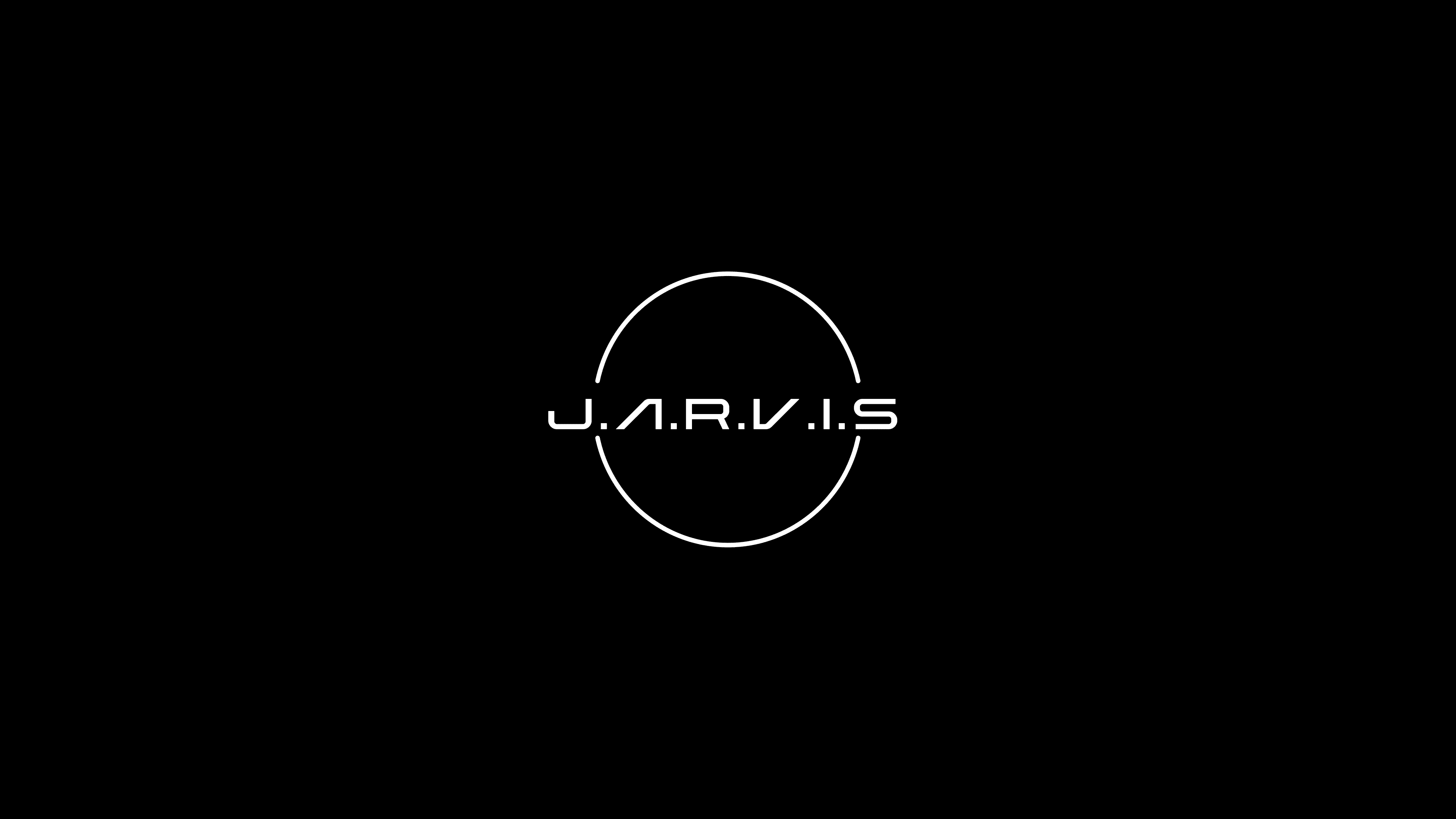Zapier: The Command-Line Interface of Automation
Zapier is great. It automated workflows before "AI agents" were even a thing. If this were the early days of automation, Zapier would be the equivalent of a command-line interface—powerful but rigid.
But the next generation of AI agents will look nothing like that.
They won't be built around "if this, then that" logic. They won't require users to manually stitch together apps in advance. They won't break if one app changes its API. And most importantly, they'll feel alive—context-aware, goal-driven, and adaptive.
That's the future we're building. And here's what makes it fundamentally different:
1. No Workflows. Just Goals.
With Zapier, you build workflows. With our AI agent, you just say what you want.
Example:
Instead of "When a new row is added to this Google Sheet, send a Slack message,"
you'll say: "Let the sales team know whenever a new lead comes in."
The agent figures out the best way to make it happen—sheet, CRM, or email inbox—it doesn't matter. It handles implementation.
2. Memory + Context
Zapier forgets. Our agent remembers.
It knows your preferences. It recalls previous instructions. It adapts over time.
Example:
You once asked: "Prepare a monthly performance summary."
Next time, you just say: "Same as last month, but add product feedback from the latest survey."
The AI knows exactly what to do—and where to look.
3. Async & Autonomous
Zapier runs triggers. Our agent thinks in the background.
It can work toward multi-step goals that aren't time-bound or trigger-based.
Example:
"Track competitor product launches over the next month. Summarize trends weekly."
It'll monitor news, analyze changes, and generate reports—without you checking in.
4. Natural Conversations, Not Static Flows
Zapier doesn't talk back. Our agent does.
You can interrupt, update, or refine tasks mid-way—like a real assistant.
Example:
You: "Draft a customer onboarding email."
AI: "Should I use last quarter's onboarding tone or the new product messaging?"
You: "Use the new tone. Emphasize speed to value."
AI: "Got it. Drafting now."
5. Human-Like Problem Solving
Zapier fails when something goes wrong. Our agent adapts.
If a data source is broken, it finds alternatives. If logic is unclear, it asks.
Example:
You: "Summarize user feedback from yesterday."
AI: "The feedback form was empty. Want me to check Zendesk and Twitter instead?"
6. Multi-Agent Collaboration
Zapier is single-player. Our agent is multiplayer.
It can coordinate across multiple agents or departments—syncing tasks, merging results, handling parallel goals.
Example:
Marketing wants content. Sales needs insights.
The AI coordinates: writing blog posts, generating lead lists, syncing customer data—all in one pass.
7. Built for Dynamic Work
Zapier works well in static systems. Our agent thrives in messy environments—startups, changing goals, real-world uncertainty.
It isn't just reactive. It's proactive, curious, and capable of driving projects forward.
The Bottom Line
Zapier was built to automate known, repetitive tasks.
We're building agents that handle the unknown. That think. That adapt. That can actually work with you—not just for you.
This isn't a better workflow tool. It's a new class of digital teammate.
We're not replacing Zapier. We're replacing the need for workflows.
The goal is simple:
You describe the "what." The agent handles the "how."
And just like that—execution becomes trivial.
That's the future. And we're building it.
Written by Syed Husain
Published on April 20, 2025
